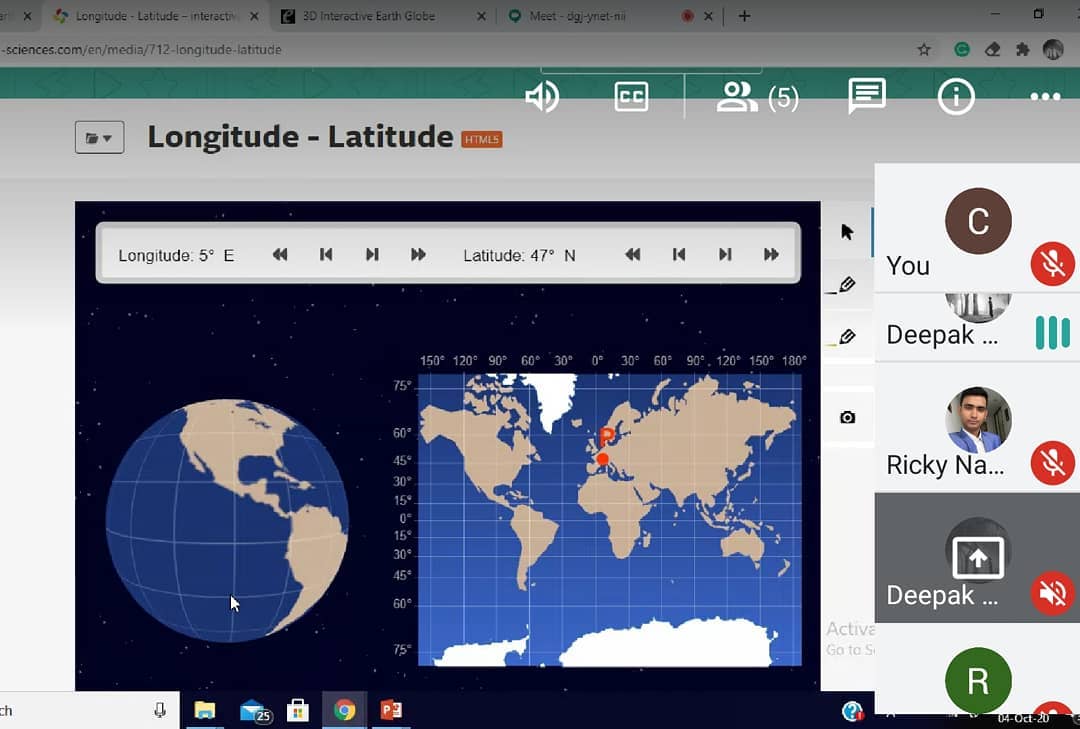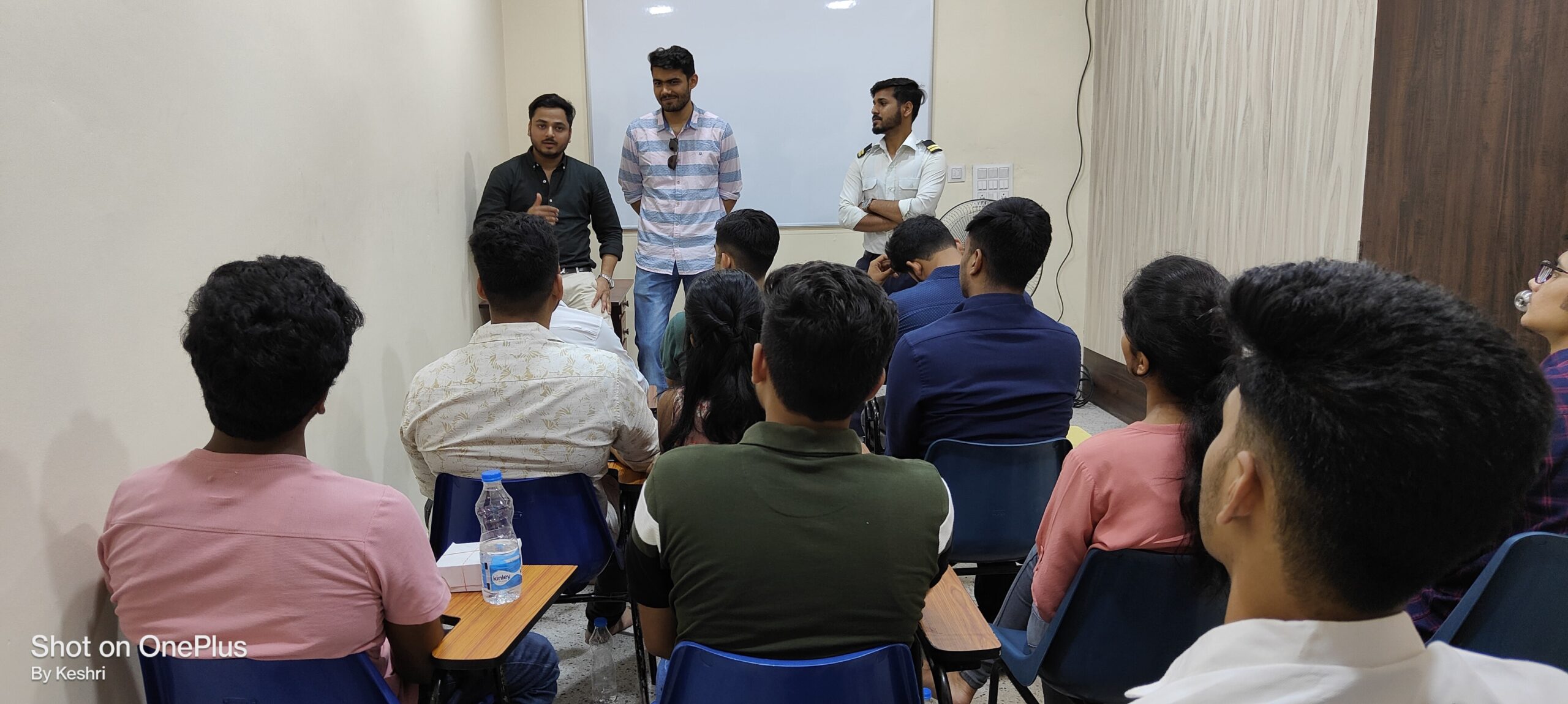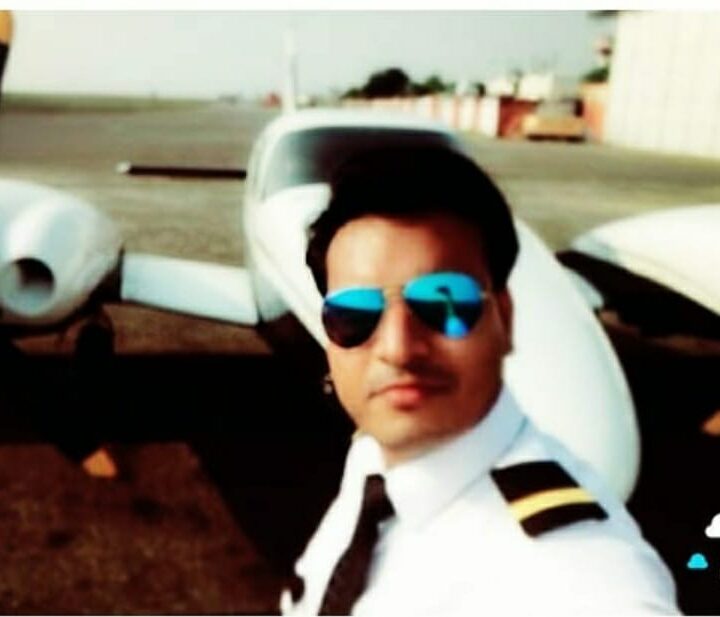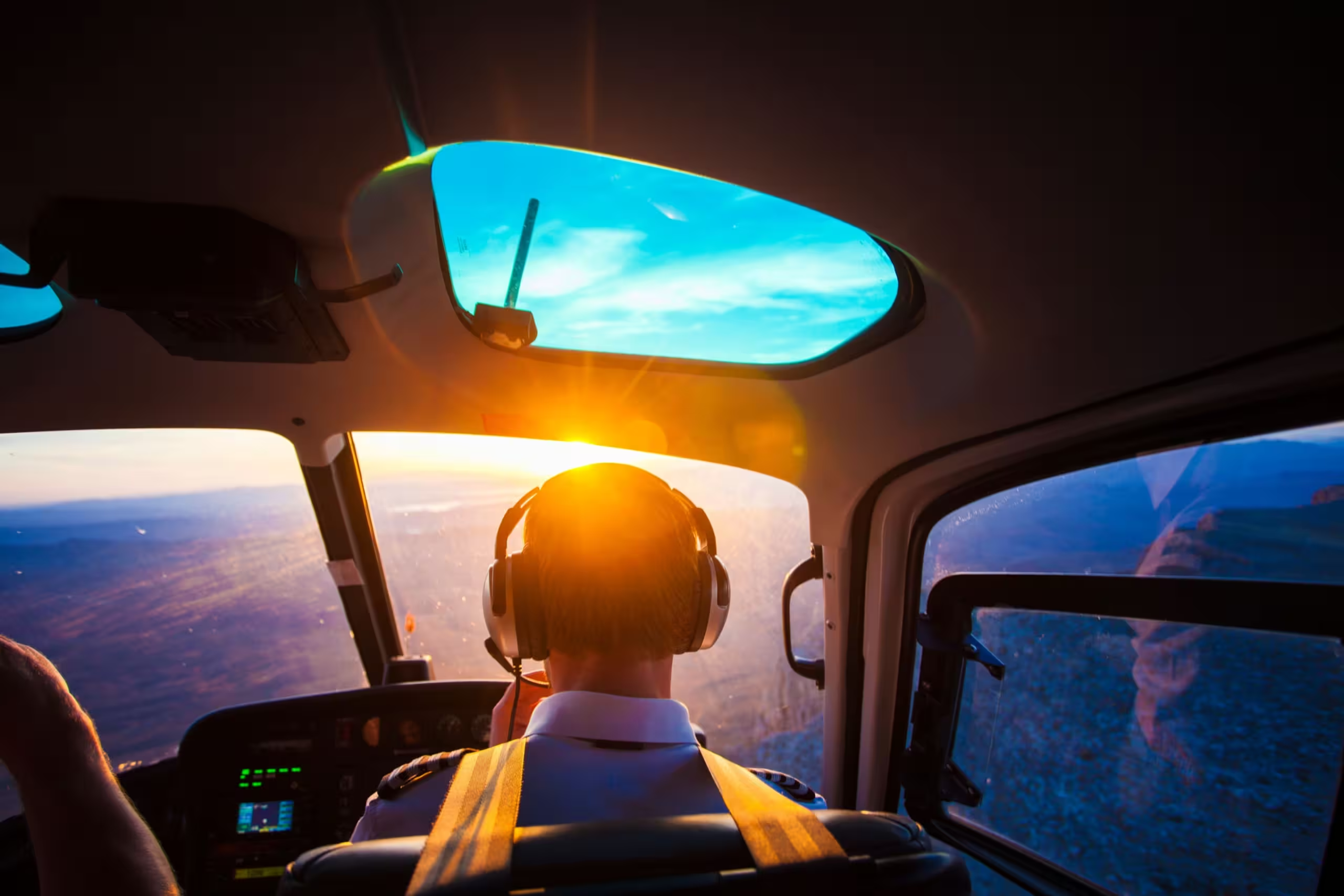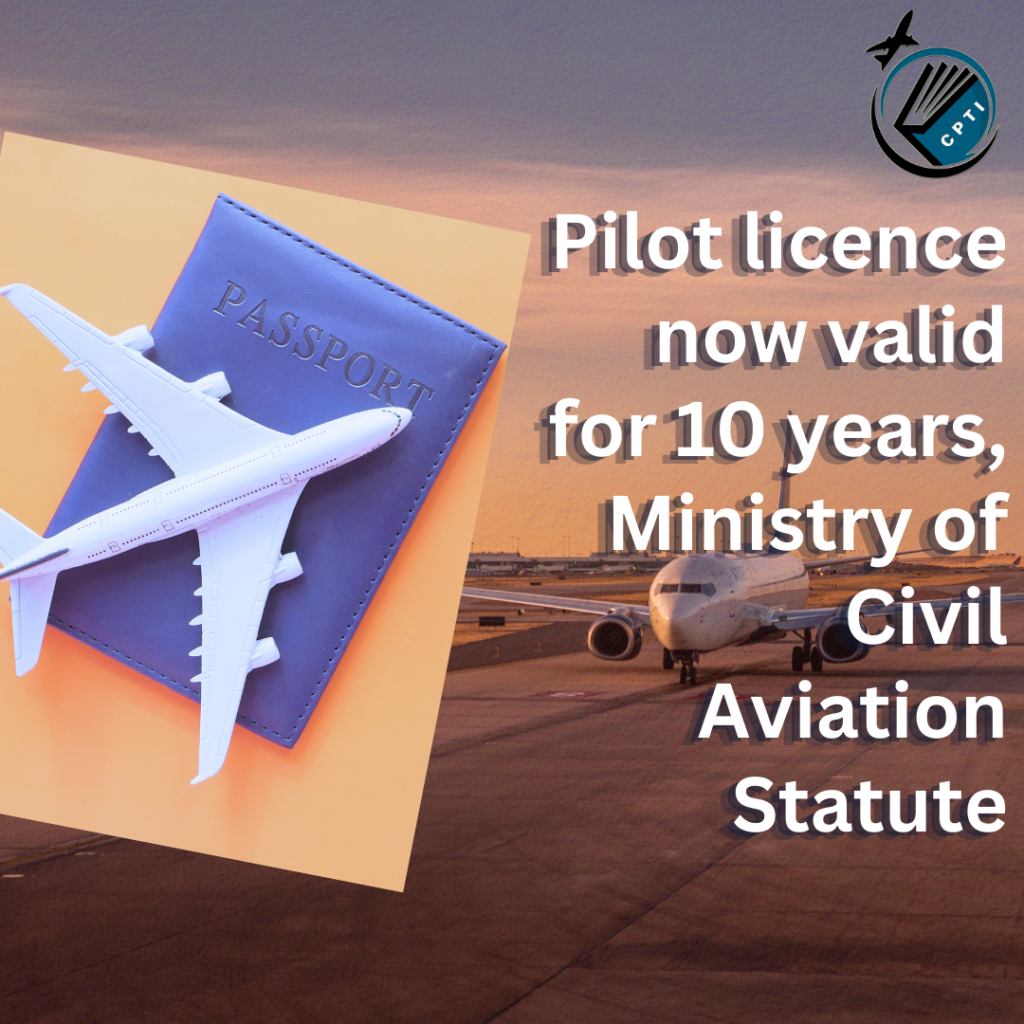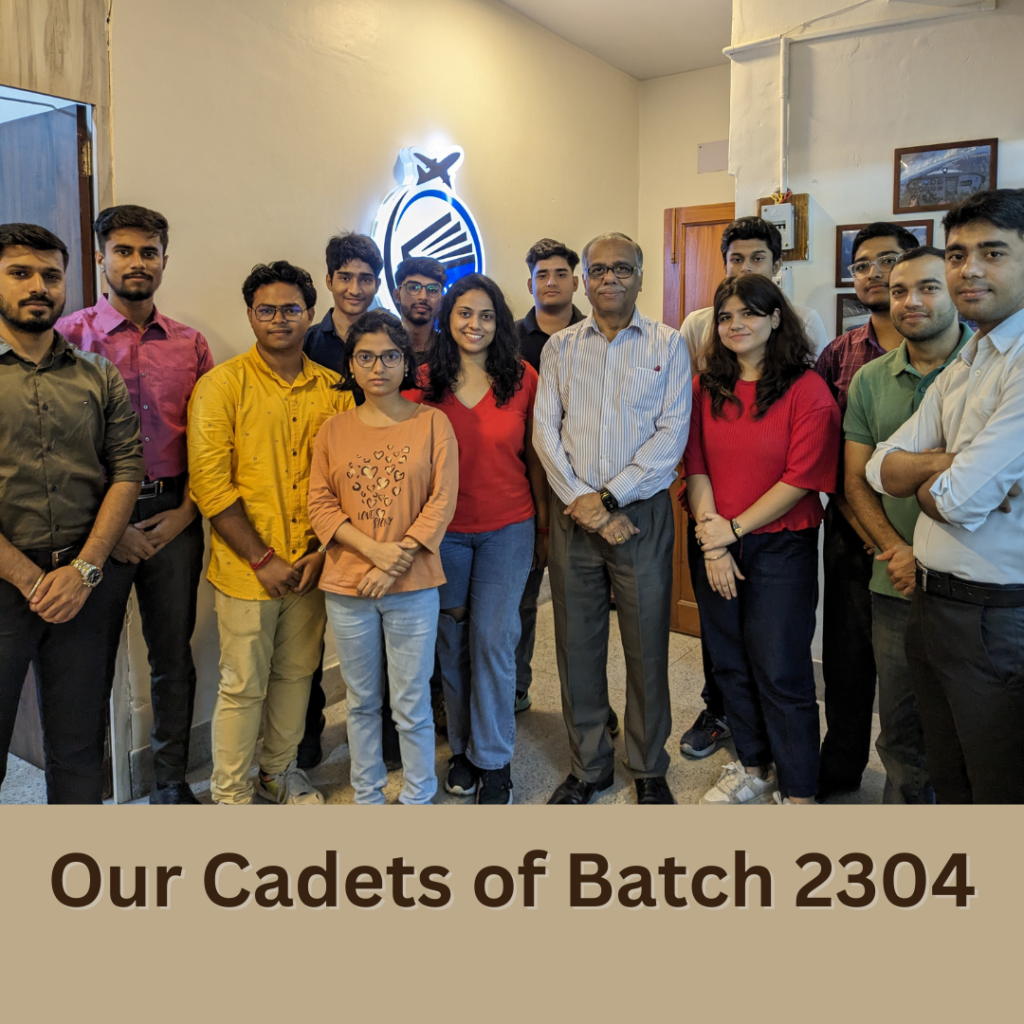Passing the DGCA pilot exams is a crucial step in your journey to becoming a certified pilot in India. The Directorate General of Civil Aviation (DGCA) has rigorous standards to ensure that only the most qualified candidates receive their pilot licenses. To help you succeed and achieve your aviation dreams, we’ve compiled the top 10 tips to pass your DGCA pilot exams on the first attempt. Follow these tips to enhance your preparation and boost your chances of success.
1. Understand the DGCA Syllabus Thoroughly
Begin by familiarizing yourself with the DGCA pilot exam syllabus. This document outlines all the topics and subjects you need to study. Ensure you have the most up-to-date syllabus, as DGCA occasionally updates its content to align with current aviation standards. Understanding the syllabus will help you focus your study efforts on the right areas.
2. Create a Study Plan
A structured study plan is essential for effective exam preparation. Break down the syllabus into manageable sections and allocate specific times for each subject based on its importance and your familiarity with it. Regular study sessions, combined with breaks, will help you stay on track and avoid burnout. A well-organized plan ensures comprehensive coverage of all topics.
3. Use High-Quality Study Materials
Invest in quality study materials that are specifically designed for DGCA pilot exams. Look for books, guides, and online resources recommended by aviation experts and past students. Quality materials provide clear explanations and cover the exam content thoroughly, making your study sessions more productive and efficient.
4. Practice with Previous Year Papers and Mock Tests
Practicing with previous years’ question papers and mock tests is one of the most effective ways to prepare for the DGCA pilot exams. These practice exams simulate the actual test environment, helping you become familiar with the format, timing, and types of questions. Regular practice will build your confidence and highlight areas where you need additional focus.
5. Focus on Weak Areas
Identify subjects or topics where you feel less confident and dedicate extra time to mastering them. Use additional resources, seek help from instructors, and participate in study groups to address these weak areas. Strengthening your understanding of challenging topics will improve your overall exam performance.
6. Stay Updated with Aviation Regulations
The DGCA pilot exams test your knowledge of current aviation regulations and guidelines. Stay informed about the latest changes in aviation rules, regulations, and policies by reviewing DGCA notices, circulars, and publications regularly. Being well-versed in current regulations is crucial for both passing the exams and for your future career as a pilot.
7. Maintain a Healthy Study Routine
A healthy mind and body are essential for effective studying. Ensure you get adequate sleep, eat a balanced diet, and engage in regular physical exercise. Staying hydrated and taking breaks will help maintain your focus and cognitive function. Avoid last-minute cramming and prioritize consistent, balanced study habits.
8. Join a Pilot Training Institute or Coaching Class
Enrolling in a reputable pilot training institute or coaching class can provide valuable guidance and support for your DGCA exams. At Calcutta Pilot Training Institute (CPTI), we offer expert instruction, comprehensive study materials, and personalized feedback to help you succeed. Studying with experienced instructors and peers can significantly enhance your preparation.
9. Stay Calm and Confident
As the exam date approaches, it’s natural to feel nervous. However, maintaining a calm and confident mindset is crucial. Trust in your preparation and focus on positive outcomes. Practice relaxation techniques, such as deep breathing or meditation, to manage stress and keep your mind clear and focused.
10. Revise Regularly and Avoid Last-Minute Cramming
Regular revision is key to reinforcing your knowledge and ensuring retention. Create a revision schedule that allows you to review all subjects multiple times before the exam. Avoid cramming at the last minute, as it can lead to confusion and anxiety. Instead, use your revision time to reinforce key concepts and practice questions.
Final Thoughts
Successfully passing the DGCA pilot exams on your first attempt requires a combination of dedication, strategic preparation, and confidence. At Calcutta Pilot Training Institute (CPTI), we provide the expert guidance and resources necessary for your success. Our experienced instructors, top-quality training programs, and supportive learning environment are designed to help you excel.
For personalized guidance and comprehensive preparation, join CPTI and take the first step towards a successful aviation career. Contact us today to learn more and get started on your journey to becoming a certified pilot!
FAQs for DGCA Exam
1. What is the DGCA Pilot Exam?
The DGCA pilot exam is a series of assessments administered by the Directorate General of Civil Aviation (DGCA) in India to evaluate candidates for commercial and private pilot licenses. It includes both theoretical and practical tests to ensure that pilots meet the required standards.
2. What Topics Are Included in the DGCA Pilot Exams?
The DGCA pilot exams cover key subjects such as Air Navigation, Aviation Meteorology, Air Regulation, Aircraft General Knowledge, and Technical General Knowledge. These topics are essential for understanding and operating aircraft safely and effectively.
3. How Should I Prepare for the DGCA Pilot Exams?
Preparation involves understanding the exam syllabus, creating a structured study plan, using recommended study materials, and practicing with previous years’ question papers and mock tests. Consider enrolling in a reputable pilot training institute for additional support.
4. What Are the Eligibility Criteria for the DGCA Pilot Exams?
To be eligible for the DGCA pilot exams, you must be an Indian national or an Overseas Citizen of India (OCI), meet the age requirements (usually up to 40 years for CPL), hold a valid Class-1 medical certificate, and have the necessary endorsements on your pilot license.
5. How Do I Register for the DGCA Pilot Exams?
Registration for the DGCA pilot exams can be done through the DGCA’s online portal or at designated regional offices. Ensure you meet all eligibility criteria and submit the required documentation, including medical certificates and proof of identity.
6. What Is the Format of the DGCA Pilot Exams?
The DGCA pilot exams consist of multiple-choice questions, written tests, and practical assessments. The format is designed to evaluate your theoretical knowledge and practical flying skills required for piloting aircraft.
7. How Are DGCA Pilot Exams Scored?
DGCA pilot exams are scored based on the accuracy of your answers in the multiple-choice and written tests, as well as your performance in practical assessments. You must achieve the minimum required scores in each section to pass.
8. What Are the Best Study Practices for DGCA Pilot Exams?
Effective study practices include developing a detailed study plan, utilizing high-quality study materials, practicing with mock tests, focusing on weaker areas, and keeping updated with current aviation regulations. Regular revision is also crucial.
9. How Much Time Do I Need to Prepare for the DGCA Pilot Exams?
Preparation time varies by individual, but generally, candidates should allow several months to thoroughly prepare for the exams. This time should be used for studying the syllabus, practicing tests, and gaining practical experience.
10. What Are the Advantages of Joining a Pilot Training Institute for DGCA Exam Preparation?
Joining a pilot training institute like Calcutta Pilot Training Institute (CPTI) offers several advantages, including expert instruction, structured training programs, access to high-quality study materials, and a supportive learning environment. This comprehensive approach helps enhance your preparation and improve your chances of passing the exams on your first attempt.
